
Subaru XV Hatchback (2012-2017) review
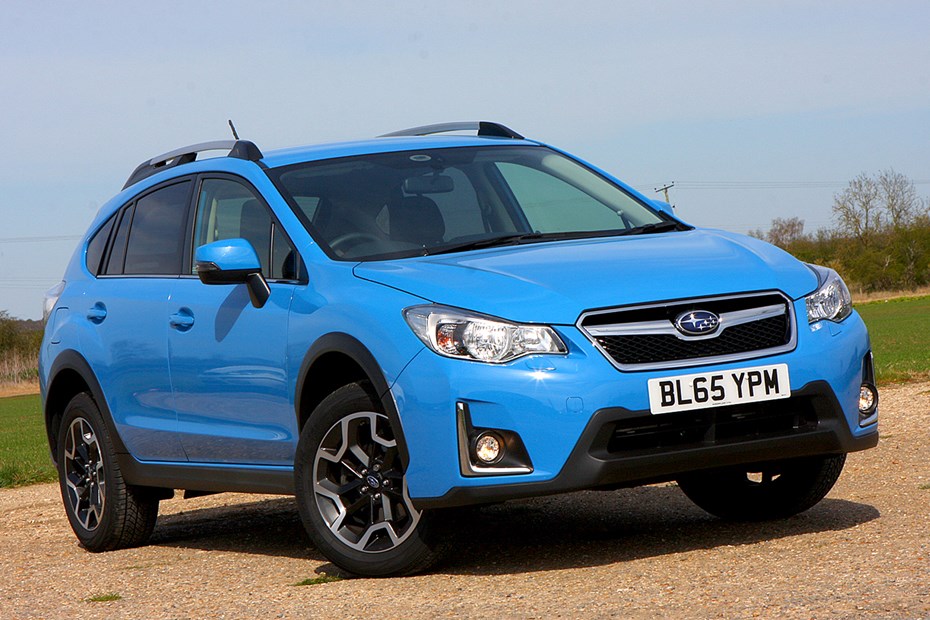
At a glance
| Price new | £18,820 - £28,160 |
|---|---|
| Used prices | £1,555 - £8,252 |
| Road tax cost | £195 - £265 |
| Insurance group | 17 - 27 |
Get an insurance quote with

|
|
| Fuel economy | Not tested to latest standards |
| Range | 528 - 686 miles |
| Number of doors | 5 |
| View full specs for a specific version | |
Available fuel types
Petrol
Diesel
Pros & cons
- Economical diesel engine
- Good off-road
- Quick paddleshift changes on CVT
- Pricey
- Bouncy ride
- Low quality plastics
- Weak petrol engines
- Poor visibility
Subaru XV (12-17) rivals
Overview
The Subaru XV is the company’s first foray into the every-growing ‘crossover’ segment, a place where off-roaders crossed with hatchbacks reside.
In this respect the Japanese car maker, best known for producing high performance saloons with a rallying pedigree, is way behind the curve. The five-seater, five-door XV is up against the Nissan Qashqai that was launched in 2007, and that model set a very high standard.
The Nissan has proved extremely popular worldwide and sells in huge numbers – and is now in its second generation – so it is no surprise then that Subaru has decided it wants a slice of the crossover pie with a more rugged approach, much like the Skoda Yeti and Jeep Renegade.
Four-wheel drive as standard
Subaru isn’t completely fresh into this arena because it is well used to producing all-wheel-drive vehicles, the current Outback, Forester and Levorg all come with it as standard. As such, all versions of the XV follow suit and have all-wheel drive capability.
Unlike the Qashqai, there’s no two-wheel-drive version, so effectively the XV has to compete with the traditional 4x4s as well as the ‘soft-roader’ crossovers fitted with optional four-wheel drive.
One petrol and one diesel engine
There is one petrol choice for the XV: a 2.0-litre with 150hp available with either a manual transmission or Subaru’s ‘Lineartronic’ CVT automatic transmission. In manual form the 2.0-litre will return 40.4mpg, while the auto versions are slightly more frugal.
There’s one diesel option, a 2.0-litre unit with 147hp. This is available with a six-speed manual gearbox only and returns 52.3mpg.
Carbon dioxide emissions across the range vary from 141g/km for the diesel to 160g/km for the 2.0-litre manual petrol.
All engines are in the proven ‘Boxer’ configuration, which sits horizontally rather than vertically and is something of a Subaru hallmark, so its powertrain already has credibility.



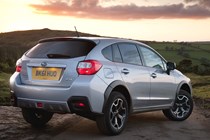
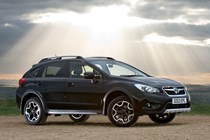
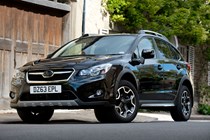
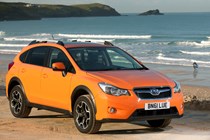
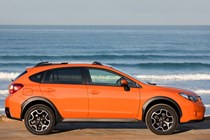
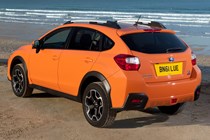
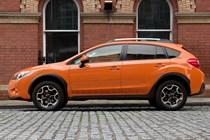
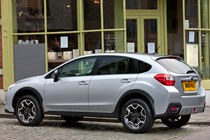
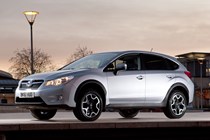
.jpg)
.jpg)
.jpg)
.jpg)
.jpg)
.jpg)
.jpg)
.jpg)
.jpg)
.jpg)
.jpg)
.jpg)
.jpg)
.jpg)
.jpg)
.jpg)
.jpg)
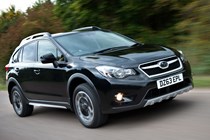

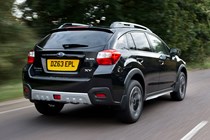
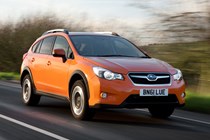
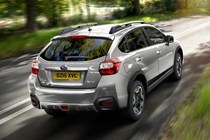
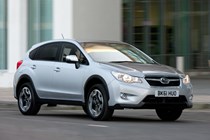
.jpg)
.jpg)
.jpg)
.jpg)
.jpg)
.jpg)
.jpg)
.jpg)
.jpg)
.jpg)
.jpg)
.jpg)
.jpg)
.jpg)
.jpg)
.jpg)
.jpg)
.jpg)
.jpg)
.jpg)
.jpg)
.jpg)
.jpg)
.jpg)
.jpg)
.jpg)
.jpg)
.jpg)
.jpg)
.jpg)
.jpg)
.jpg)
.jpg)
.jpg)
.jpg)
.jpg)
.jpg)
.jpg)
.jpg)
.jpg)
.jpg)
.jpg)
.jpg)
.jpg)
.jpg)
.jpg)
.jpg)
.jpg)
.jpg)
.jpg)
.jpg)
.jpg)
.jpg)
.jpg)
.jpg)
.jpg)
.jpg)
.jpg)
.jpg)
.jpg)
.jpg)
.jpg)
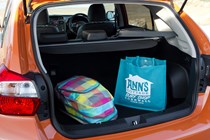
.jpg)
.jpg)
.jpg)
.jpg)
.jpg)
.jpg)
.jpg)
.jpg)
.jpg)
.jpg)
.jpg)
.jpg)
.jpg)
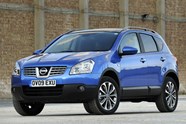
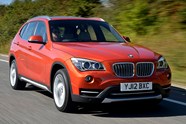
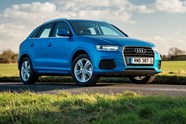










.jpg?quality=50)
.jpg?quality=50)
.jpg?quality=50)
.jpg?quality=50)
.jpg?quality=50)
.jpg?quality=50)
.jpg?quality=50)
.jpg?quality=50)
.jpg?quality=50)
.jpg?quality=50)
.jpg?quality=50)
.jpg?quality=50)
.jpg?quality=50)
.jpg?quality=50)
.jpg?quality=50)
.jpg?quality=50)
.jpg?quality=50)






.jpg?quality=50)
.jpg?quality=50)
.jpg?quality=50)
.jpg?quality=50)
.jpg?quality=50)
.jpg?quality=50)
.jpg?quality=50)
.jpg?quality=50)
.jpg?quality=50)
.jpg?quality=50)
.jpg?quality=50)
.jpg?quality=50)
.jpg?quality=50)
.jpg?quality=50)
.jpg?quality=50)
.jpg?quality=50)
.jpg?quality=50)
.jpg?quality=50)
.jpg?quality=50)
.jpg?quality=50)
.jpg?quality=50)
.jpg?quality=50)
.jpg?quality=50)
.jpg?quality=50)
.jpg?quality=50)
.jpg?quality=50)
.jpg?quality=50)
.jpg?quality=50)
.jpg?quality=50)
.jpg?quality=50)
.jpg?quality=50)
.jpg?quality=50)
.jpg?quality=50)
.jpg?quality=50)
.jpg?quality=50)
.jpg?quality=50)
.jpg?quality=50)
.jpg?quality=50)
.jpg?quality=50)
.jpg?quality=50)
.jpg?quality=50)
.jpg?quality=50)
.jpg?quality=50)
.jpg?quality=50)
.jpg?quality=50)
.jpg?quality=50)
.jpg?quality=50)
.jpg?quality=50)
.jpg?quality=50)
.jpg?quality=50)
.jpg?quality=50)
.jpg?quality=50)
.jpg?quality=50)
.jpg?quality=50)
.jpg?quality=50)
.jpg?quality=50)
.jpg?quality=50)
.jpg?quality=50)
.jpg?quality=50)
.jpg?quality=50)
.jpg?quality=50)
.jpg?quality=50)

.jpg?quality=50)
.jpg?quality=50)
.jpg?quality=50)
.jpg?quality=50)
.jpg?quality=50)
.jpg?quality=50)
.jpg?quality=50)
.jpg?quality=50)
.jpg?quality=50)
.jpg?quality=50)
.jpg?quality=50)
.jpg?quality=50)
.jpg?quality=50)